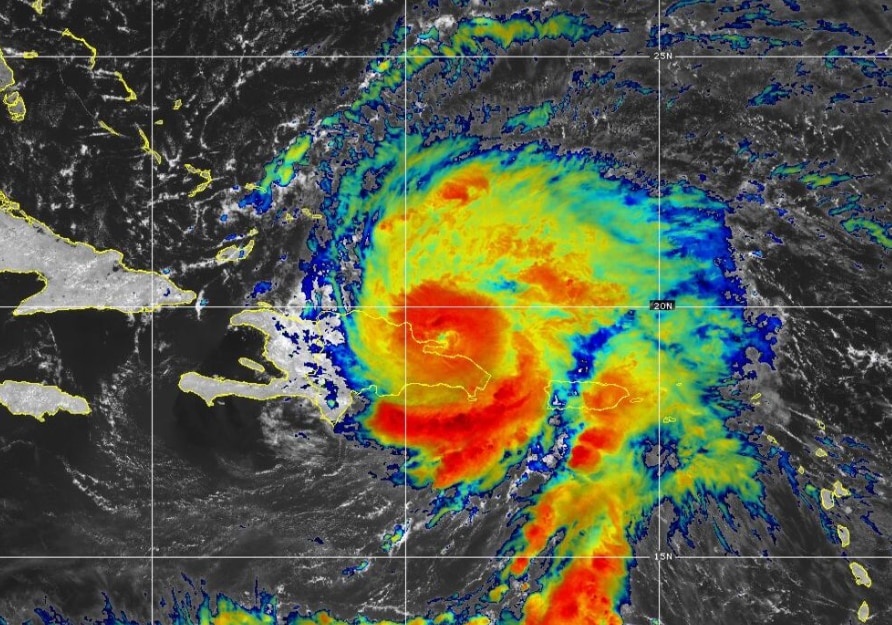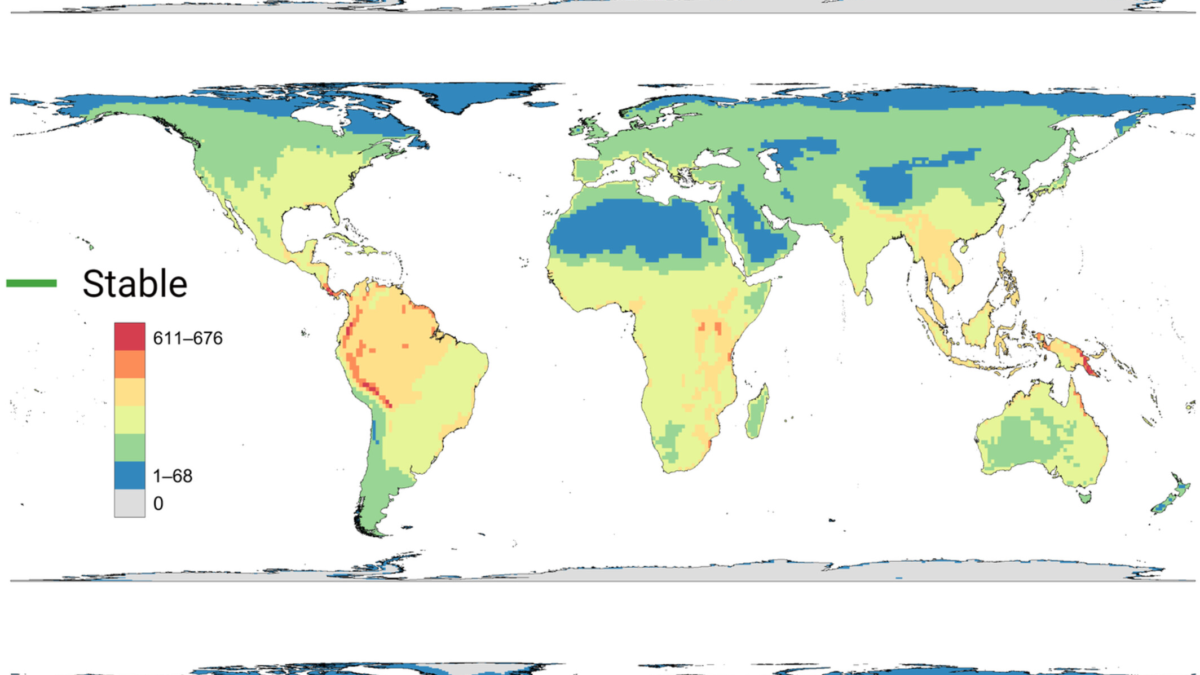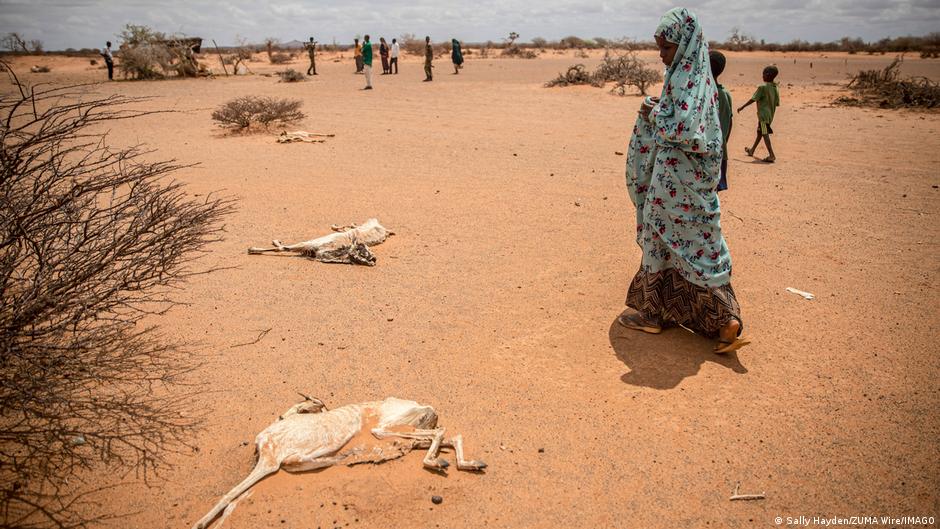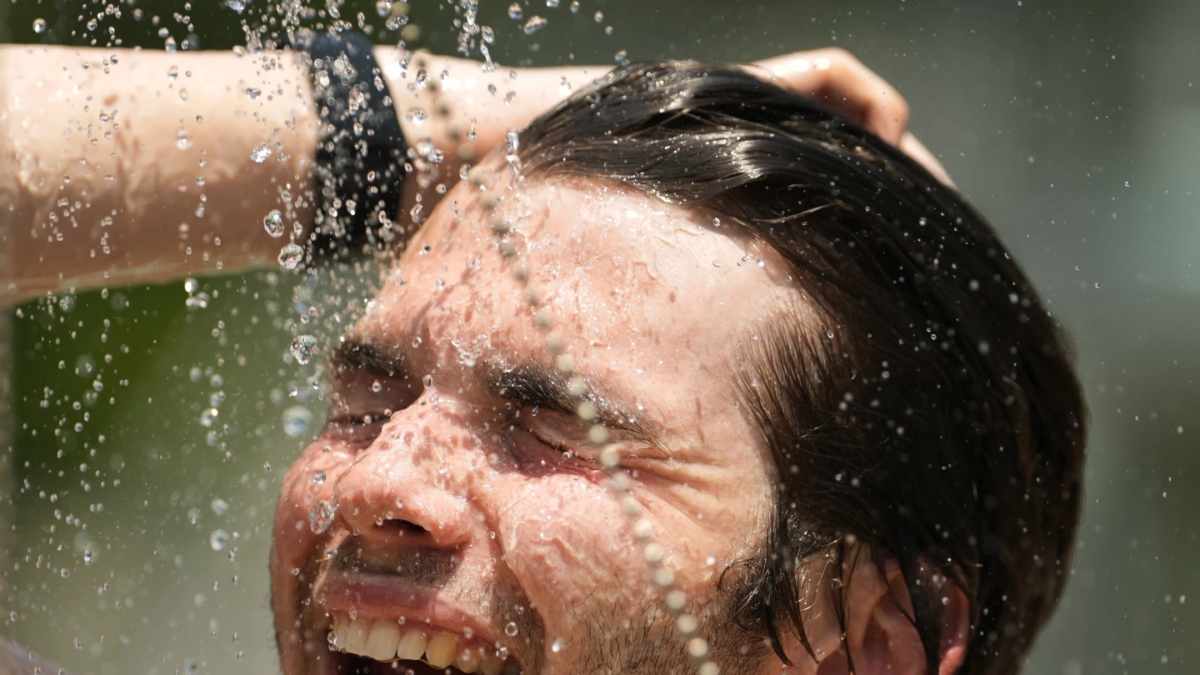Hurricane Fiona unleashes “catastrophic” damage, Puerto Rico governor says
By Arelis R. Hernández, Jason Samenow, Praveena Somasundaram, and Reis Thebault
19 September 2022
(The Washington Post) – Puerto Rican Gov. Pedro Pierluisi said Monday that Hurricane Fiona has caused “catastrophic” destruction in urban areas, killing at least one person and leaving nearly the entire island archipelago without power.
The slow-moving Category 1 storm could drop upward of 30 inches of rain, the National Hurricane Center said. Intense rain is flooding rivers, triggering landslides and destroying homes, roads and bridges. The governor estimated “billions” in damage and warned that rain is expected to continue falling until Tuesday evening.
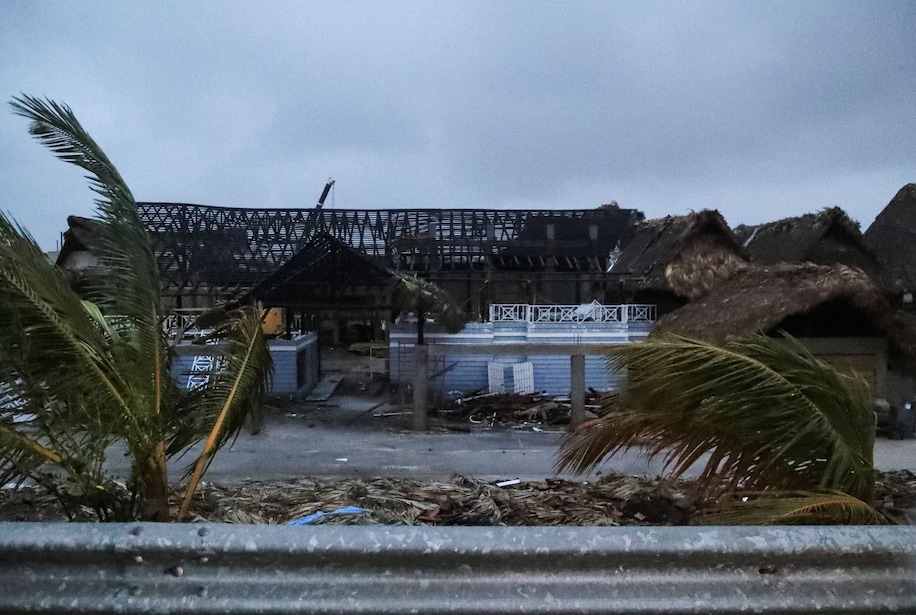
Fiona struck two days before the fifth anniversary of Maria, the Category 4 storm that left Puerto Rico in the dark for months, killing more than 3,000 people. The federal government set aside billions for reconstruction, but the sluggish recovery has left the territory’s communities vulnerable.
- Luma Energy, the private consortium managing Puerto Rico’s electric transmission and distribution, said it has restored power to 100,000 customers in the northern part of the big island. Flooding has severely impacted the water system, leaving about 750,000 without service.
- Pierluisi said he has been in touch with President Biden and government leaders in New York, New Jersey and California to coordinate assistance with the recovery. The National Guard has activated 600 soldiers throughout Puerto Rico in rescue operations. Emergency responders have rescued around 1,000 people.
- Fiona is expected to strengthen and become a major hurricane as it leaves the U.S. territory and the Dominican Republic, where it made landfall Monday morning.
Electrical workers start to take stock of damage
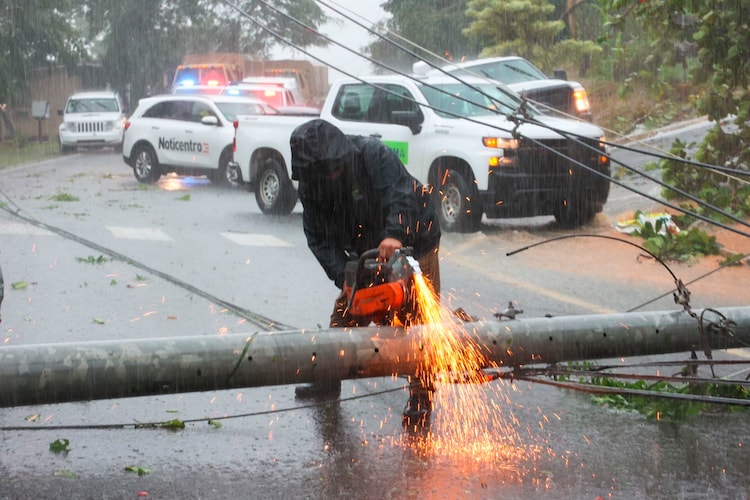
Power has been restored to about 100,000 Puerto Rican households as Luma Energy workers begin to survey the damage to the island’s electrical grid.
The torrent had prevented employees from going out to survey the damage, but Pierluisi said Monday morning that they would soon be able to make note of issues at electrical plants. Power should be restored gradually to most customers in the next few days, he said. Three-quarters of telecommunications infrastructure remained operational.
Pierlusi defended the work done on Puerto Rico’s power grid since 2017’s Hurricane Maria, which he said spurred more than a dozen improvement projects. He said the coordination in responding to Hurricane Fiona was significantly better.
Downpours linger over Dominican Republic, Puerto Rico in Fiona’s wake
The center of Hurricane Fiona is exiting the northern coast of the Dominican Republic and about to head over the southwestern Atlantic Ocean. However, plenty of rain lags behind it over the Dominican Republic and Puerto Rico and the storm will next affect the Turks and Caicos and southeastern Bahamas. Later this week and into the weekend, Bermuda and the Canadian Maritimes may have to contend with the hurricane.
With the center of Fiona about 150 miles northwest of Puerto Rico’s west coast early Monday afternoon, the most concentrated zone of torrential rains had moved off. Still, weather radar showed intermittent bands of showers capable of producing flash flooding continuing to cycle over the island.
Social media posts show devastation from Fiona
As Hurricane Fiona trekked across the Caribbean, many took to social media to document the excessive rainfall, flooding and sweeping damage it left behind.
With rainfall amounts nearing 30 inches in some areas of Puerto Rico, helicopter pilot Carlos Benitez captured some of the flooding as he flew over the northern coast of the island.
Many rivers swelled, while roads and bridges were damaged. Locals are still dealing with high floodwaters, even though the storm moved west, crossing the Dominican Republic.
Multiple deaths reported but toll could rise
Officials confirmed multiple deaths across Puerto Rico but cautioned that the full toll would not be known for some time as emergency-responders continue to battle floods, power outages and other challenges.
Pedro Pierluisi, the governor of Puerto Rico, said that at least two deaths have been reported in community shelters. They appeared to be from natural causes, he said.
Another death was reported on Culebra, a small island off the big island’s east coast. The mayor there has requested a helicopter to fly out the body, but weather conditions remain too perilous, Pierluisi said. And officials were also investigating a suspected death due to carbon monoxide poisoning in Hatillo, a town on Puerto Rico’s north coast.
Why calling Fiona a ‘Category 1’ hurricane doesn’t predict its danger
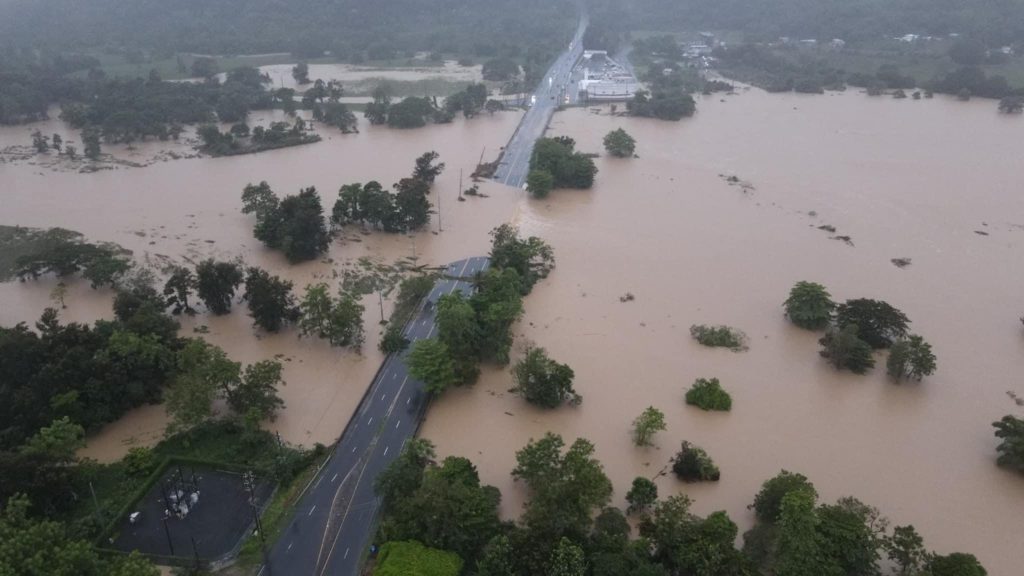
Hurricane Fiona knocked out power to all of Puerto Rico, dropped nearly 30 inches of rain so far and caused catastrophic flooding. Yet it was classified as “only” a Category 1 hurricane, perhaps understating its devastating effects.
Hurricanes in the Atlantic basin are categorized based on the Saffir-Simpson Hurricane Wind Scale, ranking storms from 1 to 5 based on their maximum wind speed. The classification system, developed in the 1970s, is a tool to alert the public about possible effects of a hurricane and to prepare accordingly. However, the scale only considers wind speed and wind-related damages, not rainfall-induced flooding, storm surge, tornadoes, mudslides or other cascading effects from the storm — an issue for storms like Fiona.
Bridge built after Hurricane Maria washes away
A bridge over the Guaonica River in Utuado, Puerto Rico, was washed away on Sept. 18 after Hurricane Fiona brought up to 27 inches of rain to the island. (Video: The Washington Post)
A temporary bridge erected in a central Puerto Rico mountain town after Hurricane Maria buckled under the heavy floodwaters of Hurricane Fiona and washed away on Sunday.
The episode was captured in a dramatic video that underscored the storm’s surprising ferocity, which has set off powerful mudslides and flooding.
The bridge, which spanned the Guaonica River in Utuado, was built to connect communities after Maria devastated the area roughly five years ago, José J. Reyes, commander of the Puerto Rico National Guard, said during a news briefing on Monday.
Powerless pumps leave Puerto Ricans without potable water
At least 750,000 customers were without water service throughout Puerto Rico as of 7:30 a.m., after Hurricane Fiona interrupted electrical service that powers the pumps.
Puerto Rico’s Autoridad de Acueductos y Alcantarillados, its water management authority, confirmed that 71 percent of its customers either have no water or are experiencing intermittent service, according to Mariana Cobián, spokesperson for the government’s emergency management department.
The lack of power and water that is experiencing has reminded Puerto Ricans of the painful memories from Hurricane Maria, a Category-4 storm, that struck five years ago.
Storm-swollen rivers wreak havoc across Puerto Rico
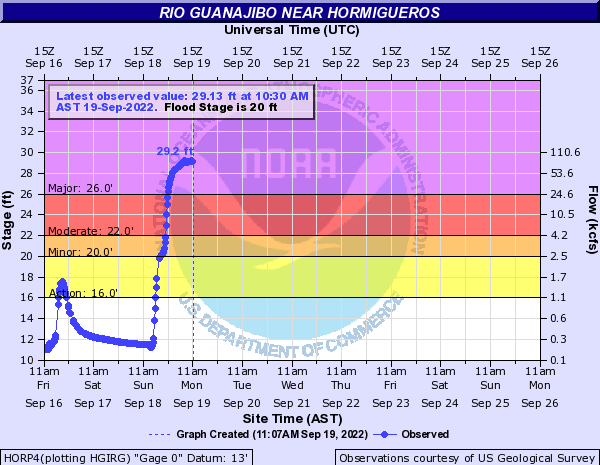
The deluge from Hurricane Fiona over Puerto Rico has sent rivers and streams soaring above flood stage all over the main island. In some cases, water levels have risen more than 10 feet in just an hour’s time.
Dozens of gauges over Puerto Rico showed rivers near or above flood stage Monday. In extreme southwest Puerto Rico, Rio Guanajibo showed a morning crest of around 29.2 feet, setting a record — topping the previous highest mark set during Hurricane Maria in 2017. Its water level rose about 15 feet in just a few hours Sunday. Its record crest was 9 feet above flood stage.
How Fiona stacks up to Puerto Rico’s most devastating hurricanes
As Fiona approached Puerto Rico, the storm brought flashbacks to some of the island’s most devastating storms in recent history. Hurricane Hortense, known as a prolific rainmaker, brought historic downpours and caused widespread flooding in September 1996. Hurricane Maria, which had much stronger winds, caused major devastation across the island and took the lives of thousands in September 2017. Yet some researchers say Hurricane Fiona may rival some of those storms’ impacts.
So far, Fiona possesses the most similarities to Hortense. Like Fiona, Hortense made landfall in western Puerto Rico as a Category 1 hurricane. Satellite data show eerily analogous structures as they neared landfall.
Puerto Rico sees up to 27 inches of rain, with several more possible
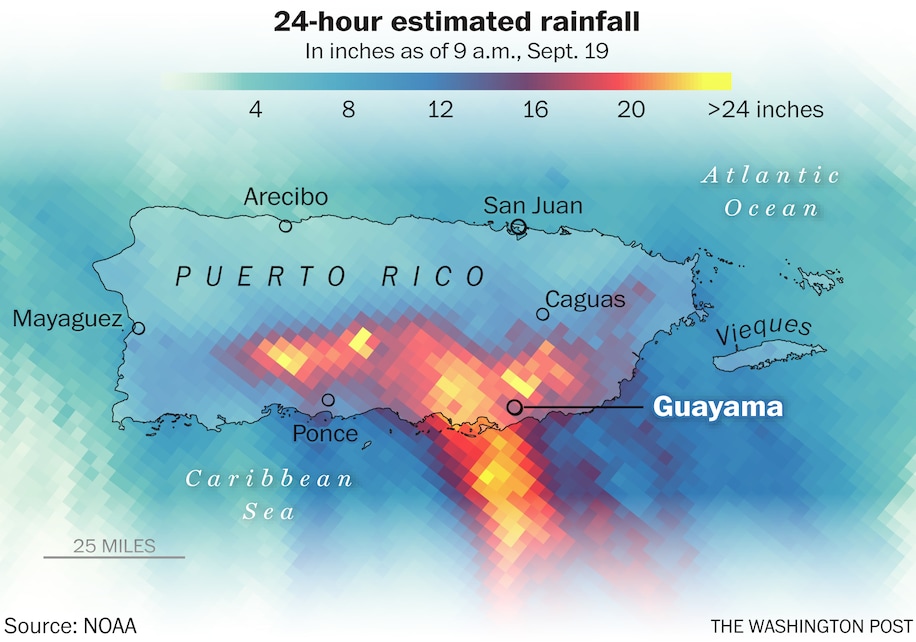
The center of Hurricane Fiona departed the southwest coast of Puerto Rico on Sunday evening, but its circulation has drawn relentless bands of torrential rain over the island ever since. The National Hurricane Center is describing the resulting flooding as “catastrophic.”
Flash flood warnings remain in effect in many areas, and the heavy rain may not ease until late Monday afternoon.
Rainfall totals have ballooned to over 2 feet in some locations, with a top total of 27 inches in Lago Cerrillos, in south central Puerto Rico.
Winds, floodwaters uprooting metal barriers and bridges, videos show
Across Puerto Rico, images posted to social media painted a picture of the storm’s power and destruction. In Ponce, a southern coastal city, a meteorologist’s video showed water whipping along the ground and palm trees bending in what he described as a 103-mph gust.
In Toa Baja, a municipality about 16 miles west of San Juan, water flooded over the top of La Virgencita bridge and made it impassible.
Another bridge, in Utuado, uprooted and flowed down a river of water.
Other video showed winds uprooting a metal barrier on the side of a road, sending it snaking down the street and into a rush of water. [more]
Hurricane Fiona unleashes ‘catastrophic’ damage, Puerto Rico governor says
